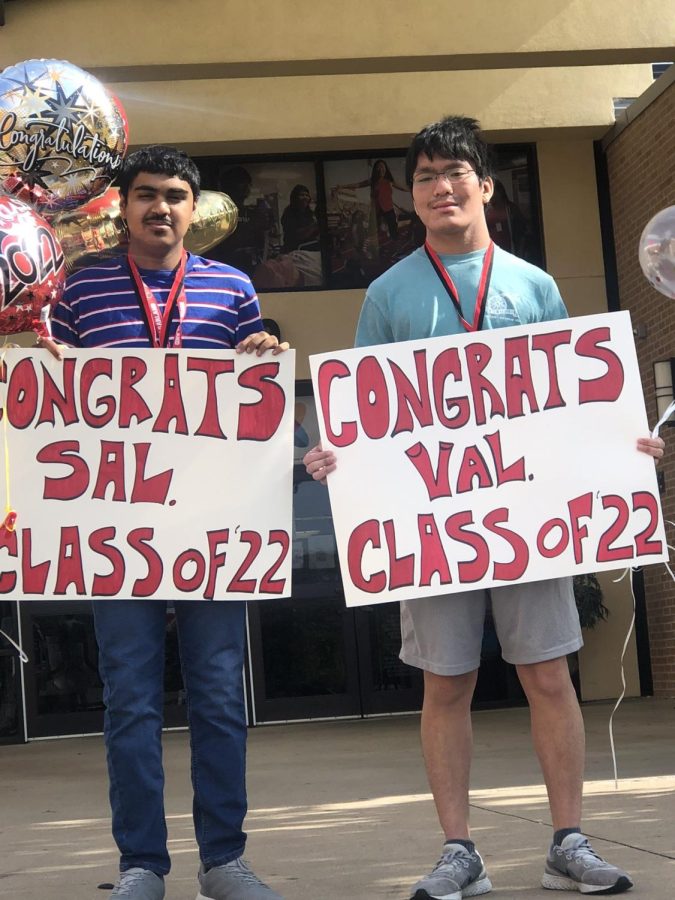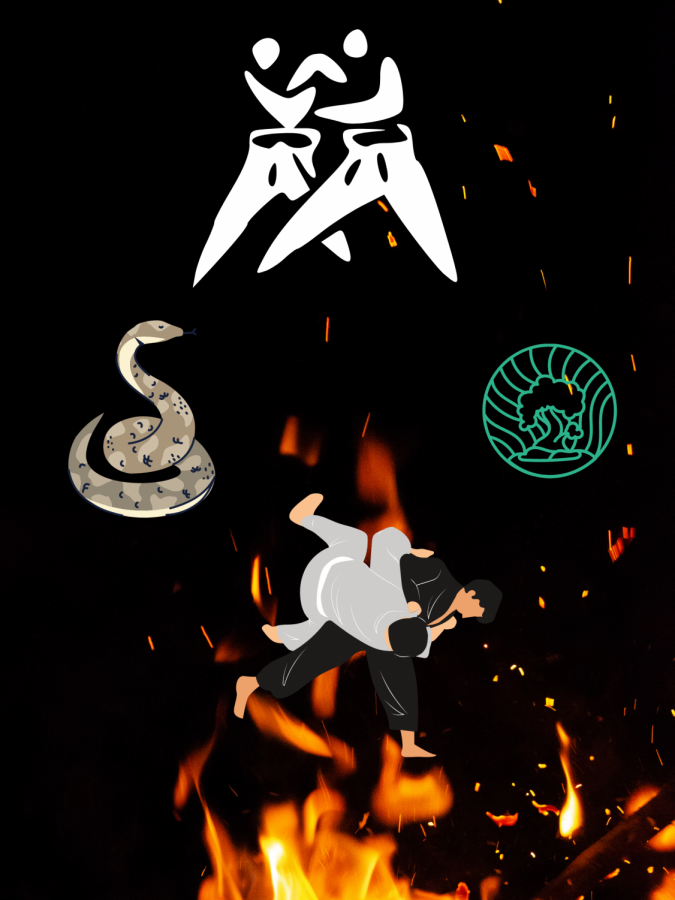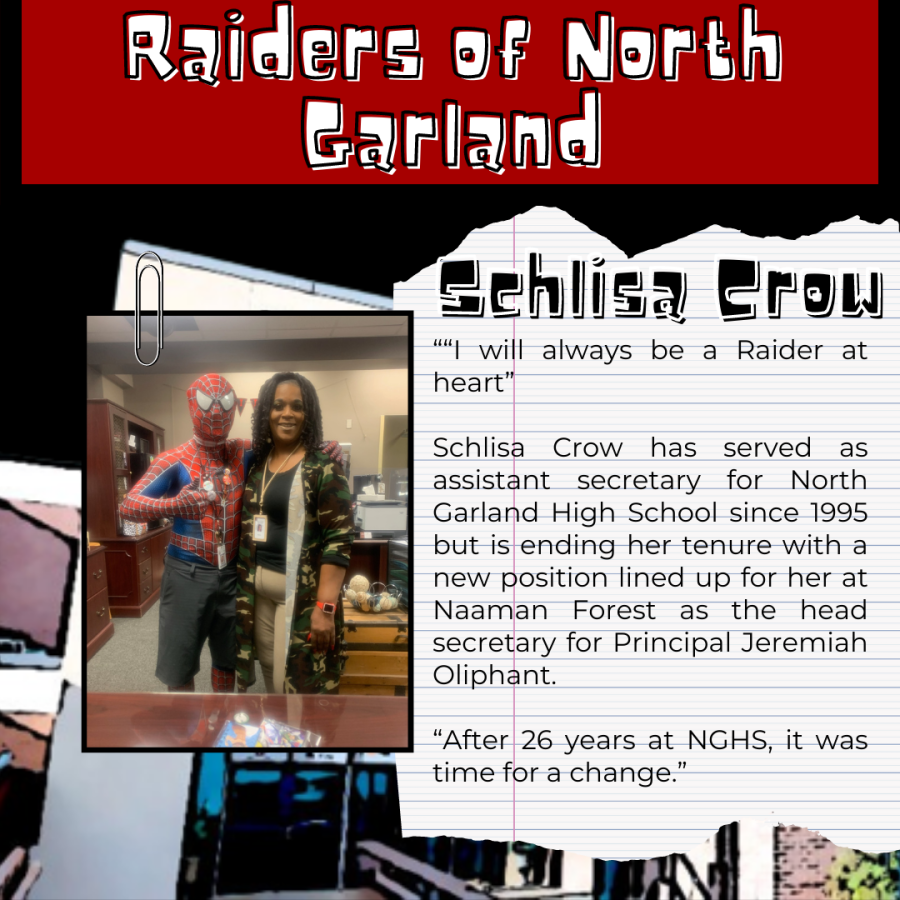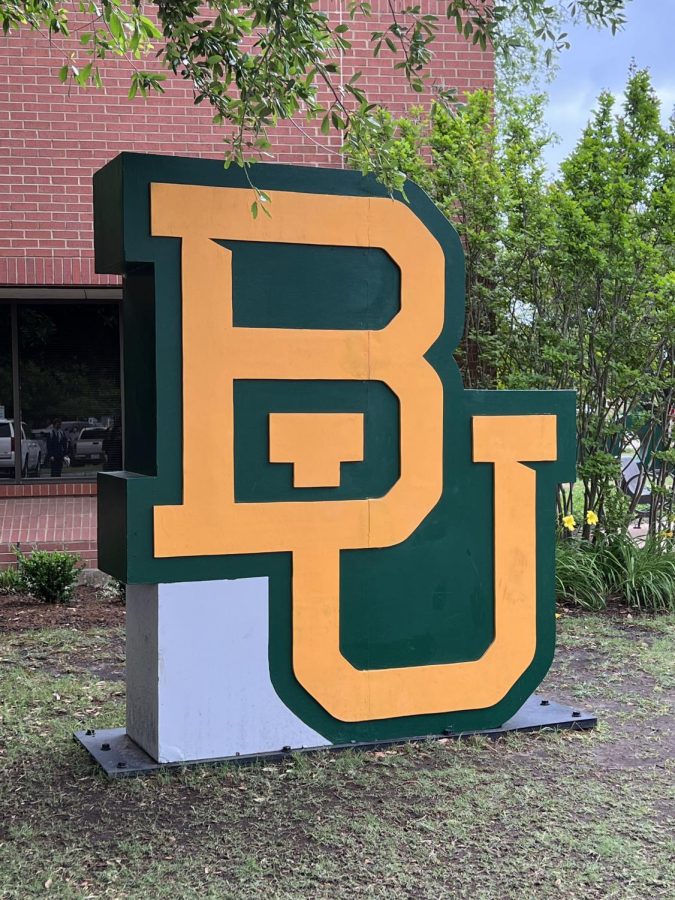A pool of red, fake blood flooded the tile next to the mannequin’s head. Fingerprints and footprints created a trail of blood to lure students away from the true criminal. The effects were used as a crime scene investigation, laid out for students enrolled in Forensics class.
Hovering over another student’s shoulders, senior Daniel Tran attempts to take pictures of the crime scene with the iPad issued to him. The objective of the class project is to identify the murderer, that is, if one is present. As a lab technician, Tran must make a presentation of the photographs taken in order to demonstrate a virtual walk-through of the crime scene and turn in a case file with a case of custody form.
“The first thing I thought was just take a lot of pictures of what seem like evidence and [to really] just take it in case,” Tran said. “There was just random stuff all over the place. [The hardest part] was figuring out what was part of the crime and which isn’t and finding the right position of taking pictures.”
In the past, however, students who played the role of lab technicians were encouraged to bring their own camera or cell phones, since the school was not given iPads with photo capability until last year. According to Forensics teacher Dustin Barth, problems arose, causing him to sync their photographs onto his personal iPad, which took a lot longer than time allotted.
“Before smartphones really hit, you still had a lot of people that couldn’t e-mail from their phone,” Barth said. “So, they could take tons of pictures, but those pictures were stuck on their phones unless they have a memory card to pull it off of. We ran the issues of people running around with pictures on their phone and not having them in the report. We still did it, but they had to find a way to print their pictures out.”
Last semester, a grant provided the school with a set of iPad 2’s and Macbooks. Even with the new products, there are some that are not working properly and need to be refurbished. Tran, president of CISCO, along with a few other members, plans to take a certification test at the end of the semester to repair damaged Apple products.
“That’s what we’re going to do next semester,” Tran said. “We’re going to be certified to actually [fix equipment] for our school. [The requirements are] actually knowing what you’re doing and actually passing the test since Apple is big. When you open up your iPod, [Apple is] not going to repair it for you since you opened it. We can fix it without voiding the warranty.”
Tran is currently studying for the examination and hopes to become an Apple Certified Macintosh Technician during the summer before enrolling in college. Even after he earns a bachelor’s degree, Tran has higher aspirations.
“I feel like I would personally like [working for] Apple, AT&T, Nokia or the big companies,” Tran said. “But anything that’s related to technology, in general, I would be happy. It’s my passion. [Working with technology] was more like a hobby, but now I feel like it’s going to be a job that I’d like to do.”
According to Barth, many students would rather use PC than Mac because they are used to the programs, even though there are many shortcuts Mac provides users, such as dragging pictures to save, instead of copying and pasting pictures into a specific file. Tran admitted he is one of the many students who prefer PC over Mac. However, both Tran and Barth can agree that Apple products are widely used throughout the school, whether it be iPods, iPhones, iPads or Macbooks.
“It’s significant because the future is technology, and you don’t want to pin yourself to being, ‘I can only use a PC,’” Barth said. “You need to be comfortable [using Mac] to really get ahead and to be successful. You have got to be comfortable with whatever is thrown at you. Some people naturally pick up new technology, but others really fight that feeling. You can’t afford to do that as a young person anymore.”
























